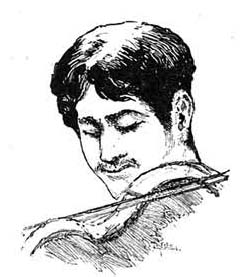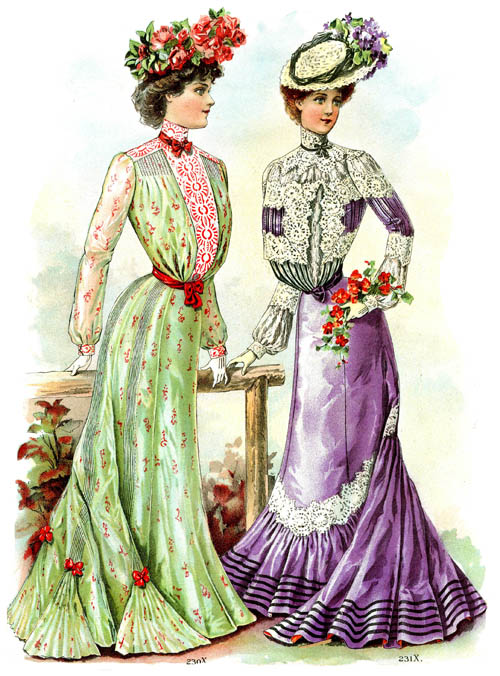|
Home > Victorian America > Life > Ethnic Groups

|
This section brings you articles on a variety of ethnic groups, religious sects and separatist communities in Victorian America. It features articles that look at ethnic groups from a more or less anthropological perspective - i.e., articles that examine characteristics of an ethnic culture that were considered significantly different from American mainstream culture. Thus, you will not find many articles on African Americans in this section (though there are some), because in most cases, African Americans weren't regarded as having a significantly different culture from their neighbors. That isn't to say that Victorians didn't regard African Americans as being very different from mainstream society - but those differences didn't generally attract the curiosity of writers and ethnographers.
|
-
- A Georgia Corn-Shucking, by David C. Barrow, Jr.
(Century Magazine, 1882B)
- A look at a "negro" corn-shucking, including a number of folk-songs. Lots of dialect.
- Who Are the Creoles? by George W. Cable
(Century Magazine, 1883A)
- The Creoles in the American Revolution, by George W. Cable
(Century Magazine, 1883A)
- Visiting the Gypsies, by Charles G. Leland (Century Magazine, 1883A)
- The Dance in Place Congo, by George W. Cable
(Century Magazine, 1886A)
- Creole Negro dances and songs from New Orleans.
- A Gypsy Beauty, by Charles G. Leland
(Century Magazine, 1886B)
- Charlotte Cooper, also discussed in the article "Visiting the Gypsies," above.
- Salome Muller: Strange True Stories of Louisiana, by George Cable
(Century Magazine, 1889B)
- The account of a slave girl believed to be a long-lost German child illegally sold into slavery, leading to a complicated court case. For more details and an update on the "was she or wasn't she?" question, see
The Lost German Slave Girl, by John Bailey (2004).
-
|
Communities & Religious Sects
|
- Legal Aspects of the Mormon Question
(Century Magazine, 1882A)
- The Women of the Bee-Hive
(Century Magazine, 1884B)
- A brief overview of Mormonism and its effect upon women.
- A Little Millerite, by Jane Marsh Parker
(Century Magazine, 1887A)
- A personal recollection of growing up in the Millerite community. The Millerites were the followers of the teachings of William Miller, who in 1833 first shared publicly his belief that the Second Advent of Jesus Christ would occur in roughly the year 1843–1844.
- Reminiscences of Brook Farm, by George P. Bradford
(Century Magazine, 1893A)
- Brook Farm was a utopian experiment in communal living in the 1840s. It was founded by former Unitarian minister George Ripley and his wife Sophia Ripley in Massachusetts in 1841 and was inspired in part by the ideals of Transcendentalism. Founded as a joint stock company, it promised its participants a portion of the profits from the farm in exchange for performing an equal share of the work.
|
Visit Our Victorian Shop
for:
Books
Coloring Books
Beautiful Spiral Journals
Holiday Greeting Cards
|
|


 Discover thousands of Victorian images in our
Discover thousands of Victorian images in our 